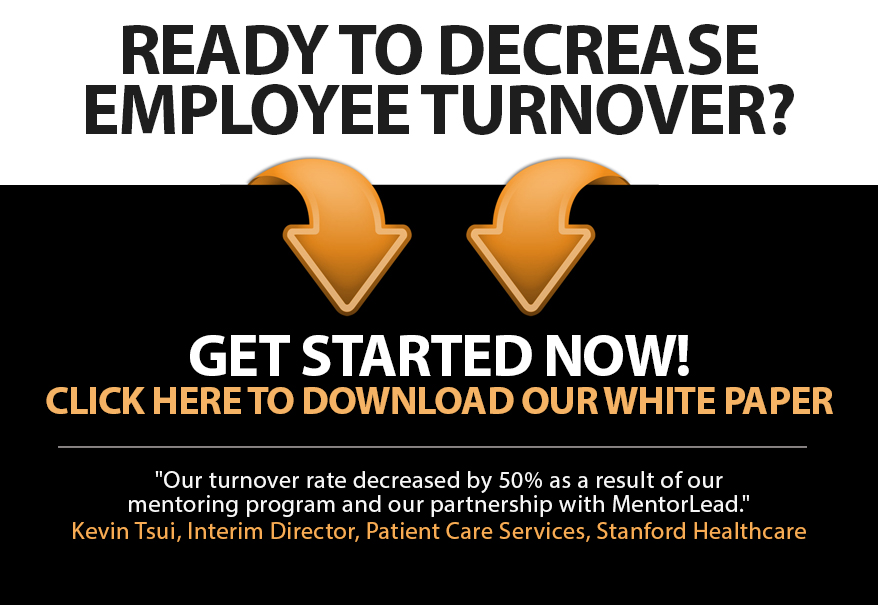
The Best of Flash 2018 (your 7 favorite articles)
The end of the year offers a delicious pause to reflect upon and celebrate what we’ve each created, discovered, initiated, and achieved over the past 12 months.
As I reflect upon the Flash! articles I created for you in 2018, I’m resending the ones that generated the most conversation:
Teenager Turned a Transaction Into a Transformation
https://www.anntardy.com/this-teenager-turned-a-transaction-into-a-transformation/
Was I Kind Enough? (Reflections After a Colleague’s Death)
https://www.anntardy.com/was-i-kind-enough-reflections-following-a-colleagues-death/
UPS Driver’s Advice Can Inspire Our Own JobLove
https://www.anntardy.com/ups-drivers-advice-can-inspire-our-own-job-love/
Do You Bring your Shoshin? (like CEO of Salesforce)
https://www.anntardy.com/do-you-bring-your-shoshin-like-ceo-of-salesforce/
Do You Lead with Ubuntu?
https://www.anntardy.com/flash-do-you-lead-with-ubuntu/
Don’t Judge One’s Story by the Chapter You Walked In On
https://www.anntardy.com/dont-judge-ones-story-by-the-chapter-you-walked-in-on/
I Carried a Buffalo Trophy Through the Airport and Here’s What I Discovered
https://www.anntardy.com/i-carried-a-buffalo-trophy-through-the-airport-and-heres-what-i-discovered/
Thank you for reading, responding, and engaging with me throughout the year! I look forward to continuing our quest together to become bigger, better, bolder versions of ourselves.
Wishing you a watershed year ahead!
![]()







